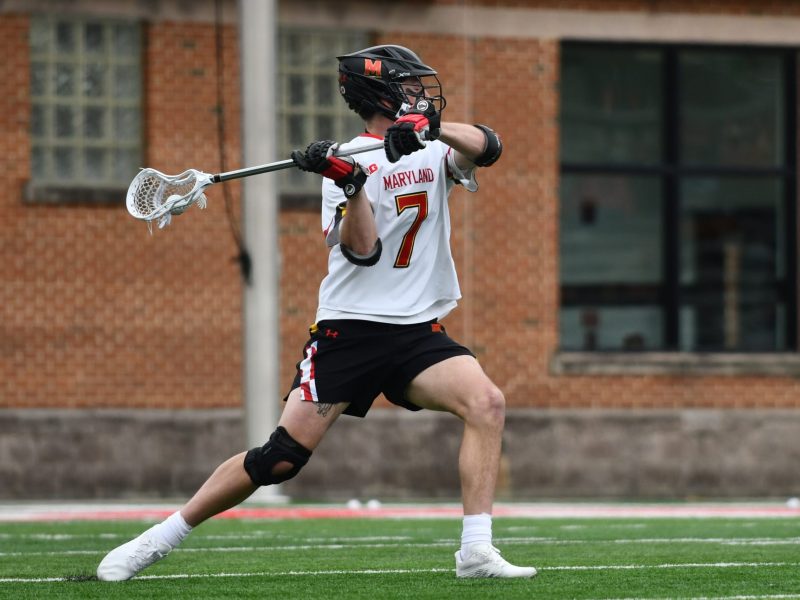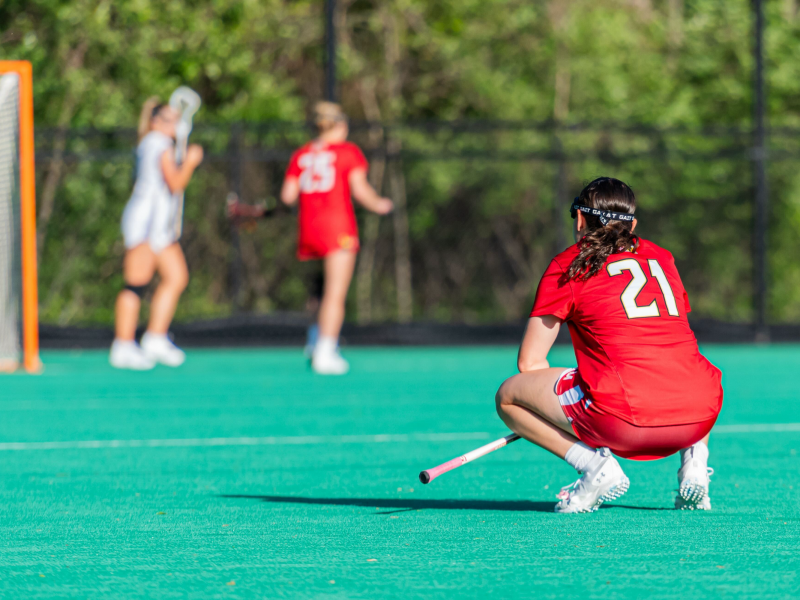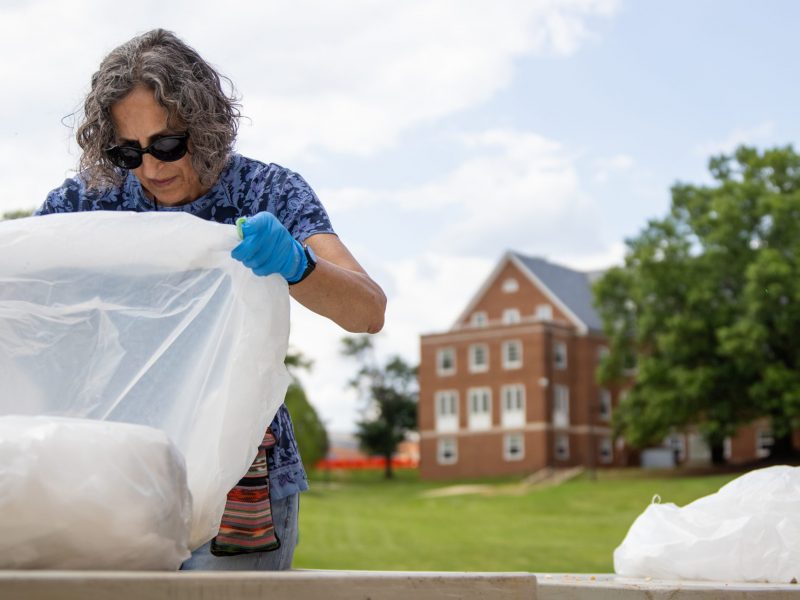An estimated 170 college students from across the country are living in six of 14 houses on Fraternity Row this summer as they participate in various programs focused on aerospace research.
Students are divided into groups depending on their focus of research, and they live and work together during their stay. One of those groups is the NASA Academy at Goddard Space Flight Center. The students are shuttled on weekdays to the flight center, which is within six miles of Fraternity Row, on university buses.
Graylan Vincent, a logistics manager and self-described resident advisor for the academy, describes the program as a “Hardcore 10-week program that combines individual research projects with a whole series of lectures and tours.”
By night, the academy lodges at 9 Alpha Sigma Phi, but Vincent said the students’ days begin early.
“For our program in particular, we leave at 7 a.m., eat breakfast at Goddard, have a lunchtime seminar, work throughout the afternoon, and we come back around 5:30,” he said. “Usually, we have a speaker at dinnertime, and sometimes there is a trip at night.”
5:30,” he said. “Usually, we have a speaker at dinnertime, and sometimes there is a trip at night.”
Even with such a busy schedule, Vincent said, “The students seem to find the time to go to Cornerstone [Grill and Loft].”
Students have toured local aerospace attractions, such as the the university’s Department of Aerospace Engineering and NASA’s Langley Research Center, but they have also made it to a few out-of-state attractions. Vincent said students toured NASA’s Johnson Space Center in Texas as well as NASA’s Glenn Research Center in Cleveland, Ohio.
“Nine of us drove down to Florida on our own budgets to try to watch [the first scheduled, then aborted launch of Space Shuttle Discovery],” Vincent said. “We were totally disappointed, but we got to tour [NASA’s] Kennedy Space Center.”
The academy has been coming to the university every summer for the past 13 years, and it is in its second year of subleasing property from fraternities. The students get a $4,000 stipend from the academy to participate in research.
David J. Rosage, Program Manager of the Academy, said the residences on Fraternity Row have been ideal for the students.
“It’s always been a problem with students knowing where to stay,” Rosage said. “This is convenient to have it all together.”
Paul Radulovic, treasurer of a housing corporation for a residence on Fraternity Row, said subletting their house to tenants involved with aerospace research has been a financially viable option for many of the fraternities.
“For our house, it’s been going great,” Radulovic said. “It allows us to offset some of our costs during the year.”
Bob Nichols, Assistant Director of Facilities for the Office of Fraternity and Sorority Life, said the university began working with fraternities to help them sublease the properties they leased from the university last year.
“The idea of a sublease was developed by one of the chapters last summer, and then the university reviewed it to make sure it was consistent [with existing agreements],” Nichols said. “We’d like to see them be able to make some extra money.”
Rosage said the programs experienced growth since last summer, and the number of houses leased increased from two to six. With the increase in leases came more demands from the groups, Nichols said.
“We actually this year went a little further and got conference services involved to provide them with Internet services and gym memberships,” Nichols said. “The university’s got a relationship with NASA, and we certainly want to support them.”
Rosage would not comment on prices charged by fraternities, but both Radulovic and Nichols said they remembered from reading the contracts that the houses were being leased for about $25,000 each.
“$25,000 for using a full house with 30 or 35 beds over the course of two and a half months, that actually breaks down to a pretty good deal,” Nichols said.
Douglas O’Handley, who just arrived on the campus from California for a speaking engagement with the groups, had extensive experience working with similar groups near other NASA research facilities.
“I think one of the most important things is that you not only have people work together, they live together,” O’Handley said. “Some of the students become glued at the hip.”
Michael Conti, a 2005 graduate of University of New Hampshire, was spending his second summer in College Park with the program and is considering pursuing a graduate degree with this university.
“I had so much fun here last year that I decided to come back this year,” Conti said. “I like living in this area because it’s close to all the basketball courts.”
Ben Herbert, a 2005 graduate of Cornell University, likes living in the fraternity houses because of its proximity to the College Park bars.
“I’ve had a camera stolen, so I’m a little bitter about that,” Herbert said. “But all in all, it’s been a lot of fun.”


